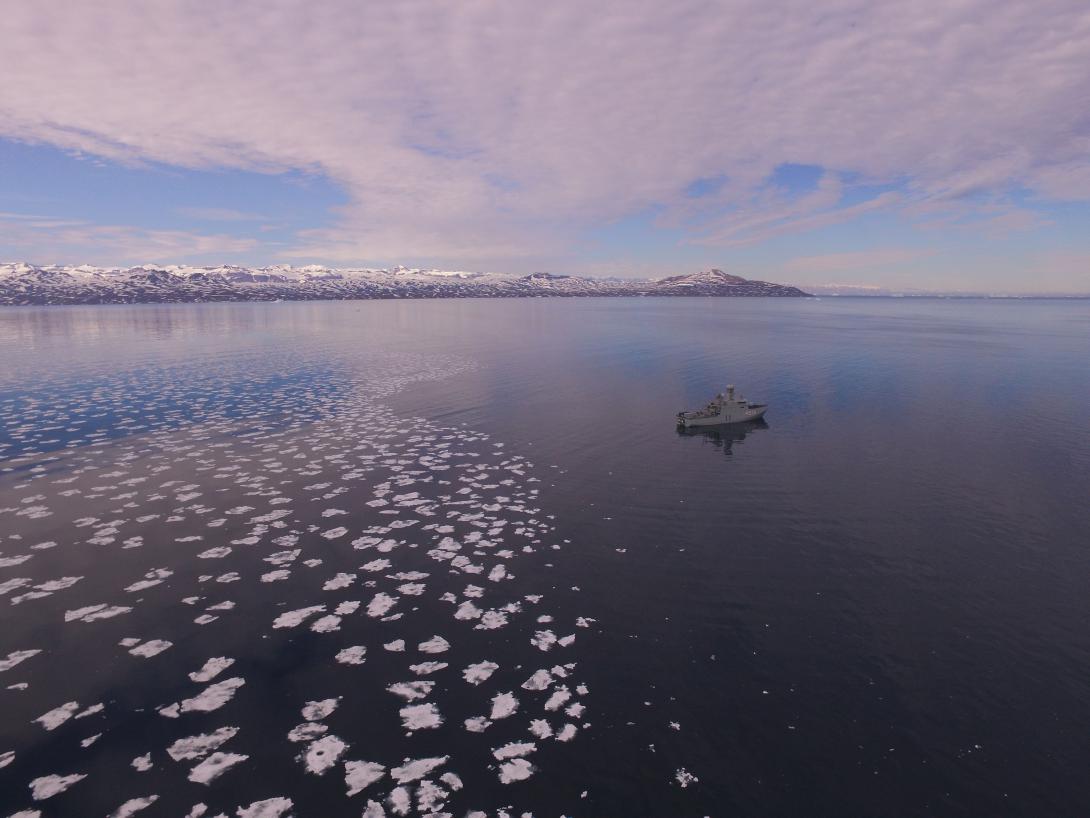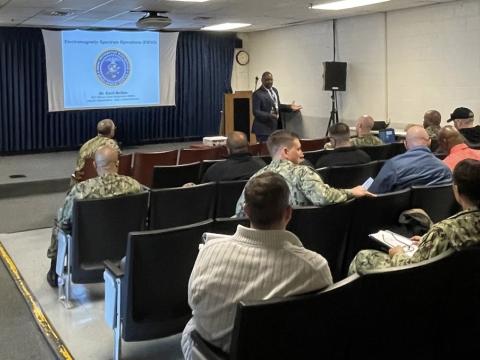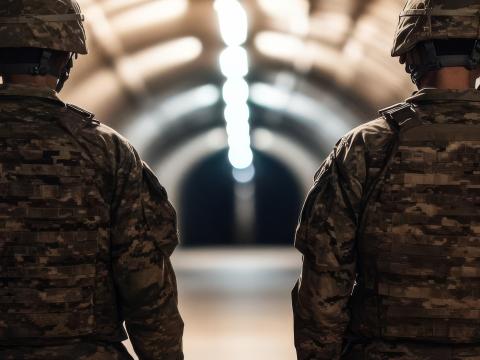President's Commentary: Climate Change Shifts Global Power Dynamics
Climate change is the defining issue of our time, and the world is at a defining moment, according to a United Nations website. The site explains that shifting weather patterns threaten food production, rising sea levels increase the risk of catastrophic flooding, and the impacts of climate change are “global in scope and unprecedented in scale.”
The United Nations notes that as many as 3.6 billion people live in environments highly vulnerable to a shifting climate change. Weather and climate extremes, including heatwaves, heavy precipitation, droughts and tropical cyclones affect “every region across the globe.” Furthermore, United Nations Secretary General Antonio Guterres recently told the Security Council in New York that rising sea levels will likely result in mass migrations on a “biblical scale” from coastal areas where roughly 900 million people currently live.
The United States recognizes the urgency. Climate change constitutes a critical national security issue, according to the U.S. Department of Defense, the Office of the Director of National Intelligence (ODNI) and essentially the entire federal government. The Defense Department has published a climate adaptation plan followed by a progress report and a climate risk analysis. The Army, Air Force and Navy have all released climate strategies, and the ODNI includes climate effects in its annual threat assessment.
At first glance, climate change doesn’t neatly fit into AFCEA’s core mission areas of cyber, intelligence and operating in a digital environment. But the topics do intersect.
Severe weather events, such as hurricanes and blizzards, increasingly cripple parts of the electrical grid, a central piece of the nation’s critical infrastructure. Some experts suggest a cyber attack in conjunction with a natural catastrophe could magnify the effects and keep portions of the population powerless for even longer periods.
Also, efforts by the military services to reduce carbon emissions positively impact operational readiness. Microgrids, for example, help the military reach its climate change goals and potentially reduce fuel consumption while also enhancing cyber resilience. Furthermore, hybrid-electric vehicles provide tactical advantages, including extended silent watch, silent mobility, reduced maintenance and onboard electrical power for multiple applications—potentially including future laser weapons and active protection systems.
Edwin Oshiba, assistant secretary of the Air Force for energy, installations and the environment, says that everything the service does for climate change is about increasing combat capabilities.
We know that our adversaries seek to take advantage of the changing climate. Both China and Russia have turned covetous eyes toward the melting polar regions. Russia hopes to gain access to vast resources, such as oil and natural gas and has built an impressive fleet of icebreakers for navigating the region. With those resources, the Kremlin could more rapidly recover from the drubbing it has taken in Ukraine and continue its position as global competitor.
And with polar waterways opening, China plans to take advantage of shorter shipping routes between Asia and Europe, a Polar Silk Road as it is being called. China is building diplomatic relations and has gained a degree of influence with the policy-making Arctic Council.
Expanding and enhancing communications networks covering the poles will support our own operations in these regions. Other potential steps for strengthening our critical infrastructure include leveraging digital technologies to maximize the effectiveness and efficiency for fuel, power and water usage and using new simulation capabilities to predict hot spots based on conditions and allow the world to mitigate these challenges before they evolve into global conflict.
In short, our national security goals complement one another. Limiting global warming by reducing greenhouse gas emissions improves the physical and cyber resilience of our critical infrastructure and enhances our military operational readiness. Both are critical and require determination, innovation, resources and continued close cooperation among departments, between government, industry and academia, and among allies and partner nations.





Comments